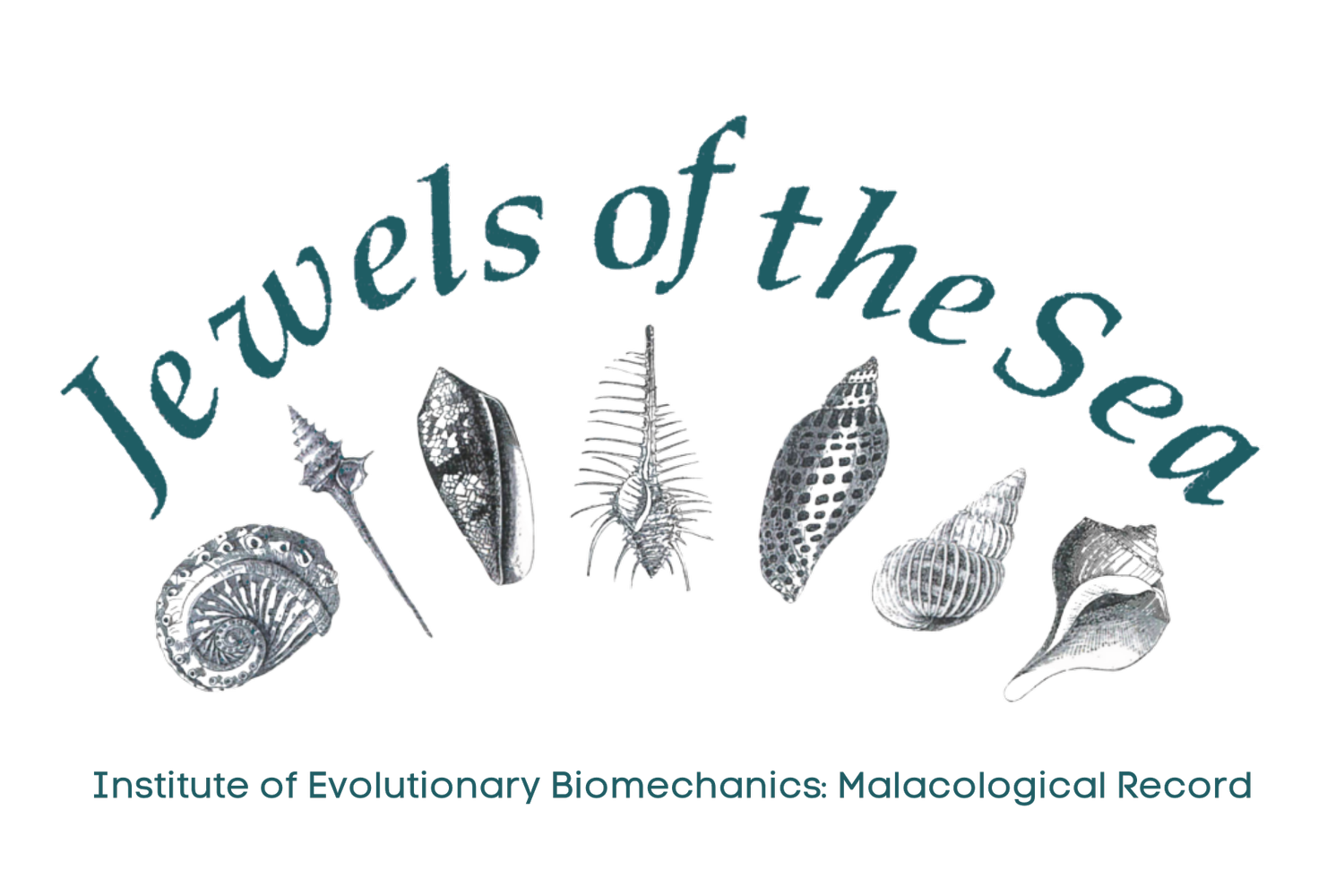Shell Identification
3D Images for Identification
Click through the “family tree” of seashells, use 3D photos to identify your own shells, and get details on specific species.
How do you identify a particular shell?
You already have the equipment you need: curiosity; your senses and powers of observation; a website (or book) containing information and lots of pictures (photos or illustrations) of shells.
The naturalist Carl Linneas used his curiosity and powers of observation to create the classification science and techniques we use today and that you will use now. You will start the same way Linneas and his contemporaries did, by looking at your shell and feeling its shape, textures and characteristics. They, of course, didn’t have the advantage of the references you have (they invented them), so you are able to start off by trying to match up a picture with your shell.
Now, it depends, of course, on how extensive your shell book or website is as to whether or not you will find a match. Smaller books have a selection of fairly common and then some more fancy shells. The bigger the book, the more detailed and more specific it gets with more species within the family or genus.
We are constantly adding more seashells to our website, so if you can’t find a shell right now, be sure to check back later!
How our site is structured
In the shell library section of our website, we begin with three groups: gastropods, a scientific class including snails, whelks, conchs and limpets; bivalves, another class including mussels, scallops and clams; and other sea species, which are not animals with true “seashells,” but include other animals found in the water, like crabs and sharks.
By clicking to any of these sections, the collection will be further classified into orders and families, which are scientific terms. Look through the images on the class, order, and family pages for seashells that look like or have similar attributes to your shell.
Finally, each shell species has its own page with more details and several 3D photos. Sometimes there will be photos of the shell at various stages in life, or different versions of this species.
Studying your seashells
First, you will have to study your shell and determine whether it is a gastropod or bivalve, and identify other characteristics. Within a family or genus, often there can be species that are very similar to one another, or there are similarities across families. They can look as if they belong to one genus and indeed belong to one very different.
Using your eyes and hands, you will observe the body and shape, surface contours and textures, shell thickness, shape of the opening (for gastropods), details of the hinge and growth lines (for bivalves), color patterns, etc. of your shell.
Once you have determined what you have and are in the right section in our website and the pictures are looking like your shell, the details are what will narrow it down to your shell. Sometimes it is clear and sometimes it is a process of elimination. Keep an open mind and be patient. Don’t get stuck on what you think it is supposed to be.
What details should I be looking for on my shell?
Many details can help us correctly identify our shell, including:
subtleties in the size, direction, number and type of ridges, knobs, folds, striations, crosshatching, etc.
spike height or compression
color markings around the hip or crown
length of syphon channel
shape of opening and inner markings or ridges
pattern of valve hinge and muscle scars, and inner markings or ridges
underside folds at the opening
color constants or variations
holes if applicable
number and placement of spines or frills
What’s the name of my seashell?
Most shells have two names: a scientific name, which is in Latin, and the common name, which can vary depending on where in the world you are. The scientific name is agreed upon by biologists, so everyone knows which shell they’re talking about. There are two parts to the scientific name: first, the genus, which is capitalized, and then the species, which is not capitalized.
Keep in mind as well that common names may vary, and the Latin or scientific name only changes if — through modern methods of scientific identification — it is discovered to be of different family origins. It is a wonderful part of this adventure (but sometimes a bit frustrating), but each shell you have a name for adds to your connection to this oceanic world and expands your world of understanding.



